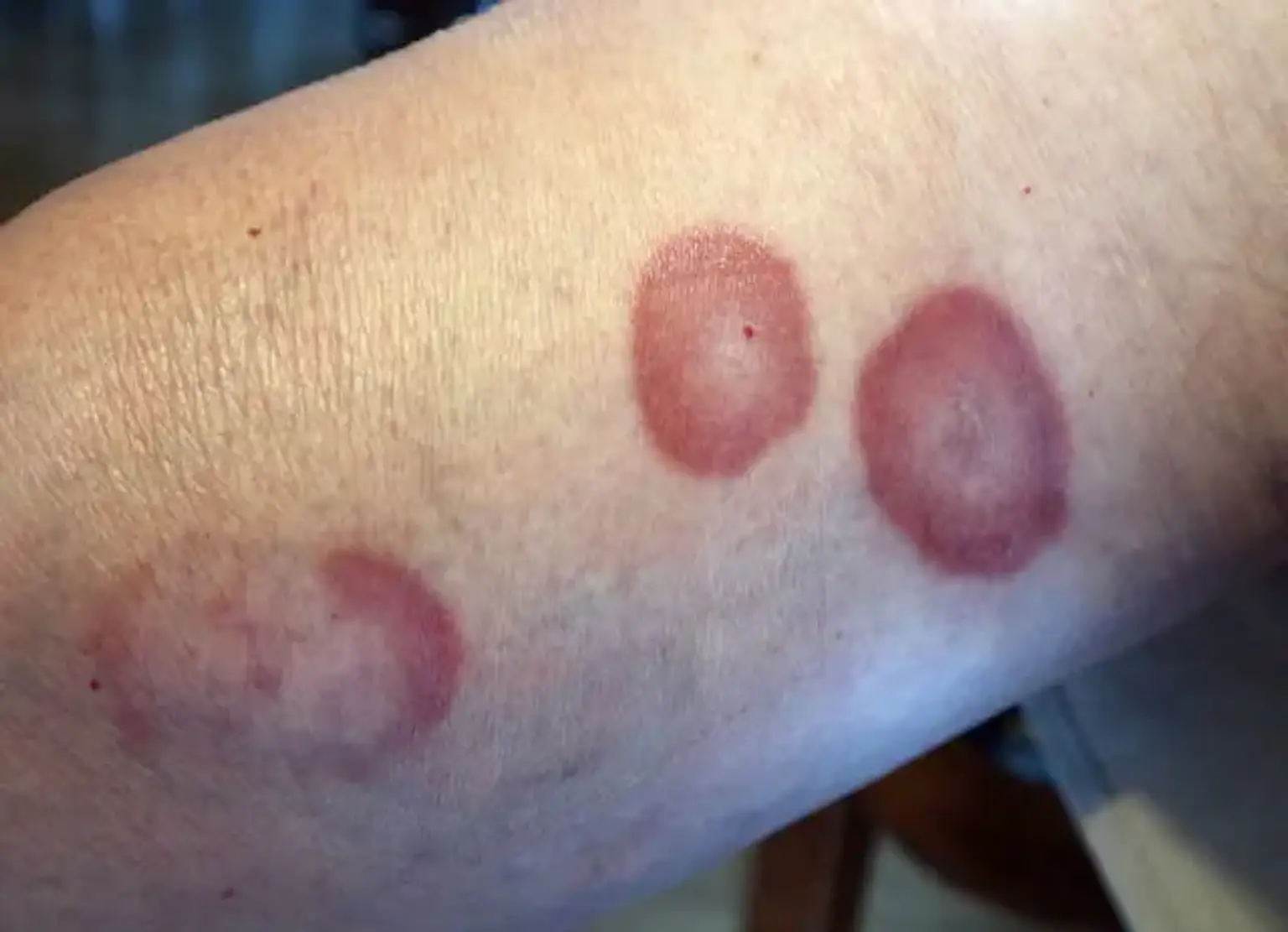Granuloma Annulare
Overview
Granuloma annulare (GA) is a common inflammatory skin disorder characterized clinically by annular, smooth, discolored papules and plaques, and histologically by necrobiotic granulomas. The right term for Granuloma annulare is necrobiotic papulosis.
Granuloma annulare may be a delayed hypersensitivity reaction to a dermal component or a reaction pattern to many stimuli. Many skin diseases and infestations, as well as various forms of skin damage, have been reported as triggering events.
Granuloma annulare is often identified clinically due to its distinctive appearance. However, there are situations when the diagnosis is not evident, and other illnesses must be explored. A skin biopsy frequently reveals necrobiotic dermal collagen degradation surrounded by an inflammatory response.
